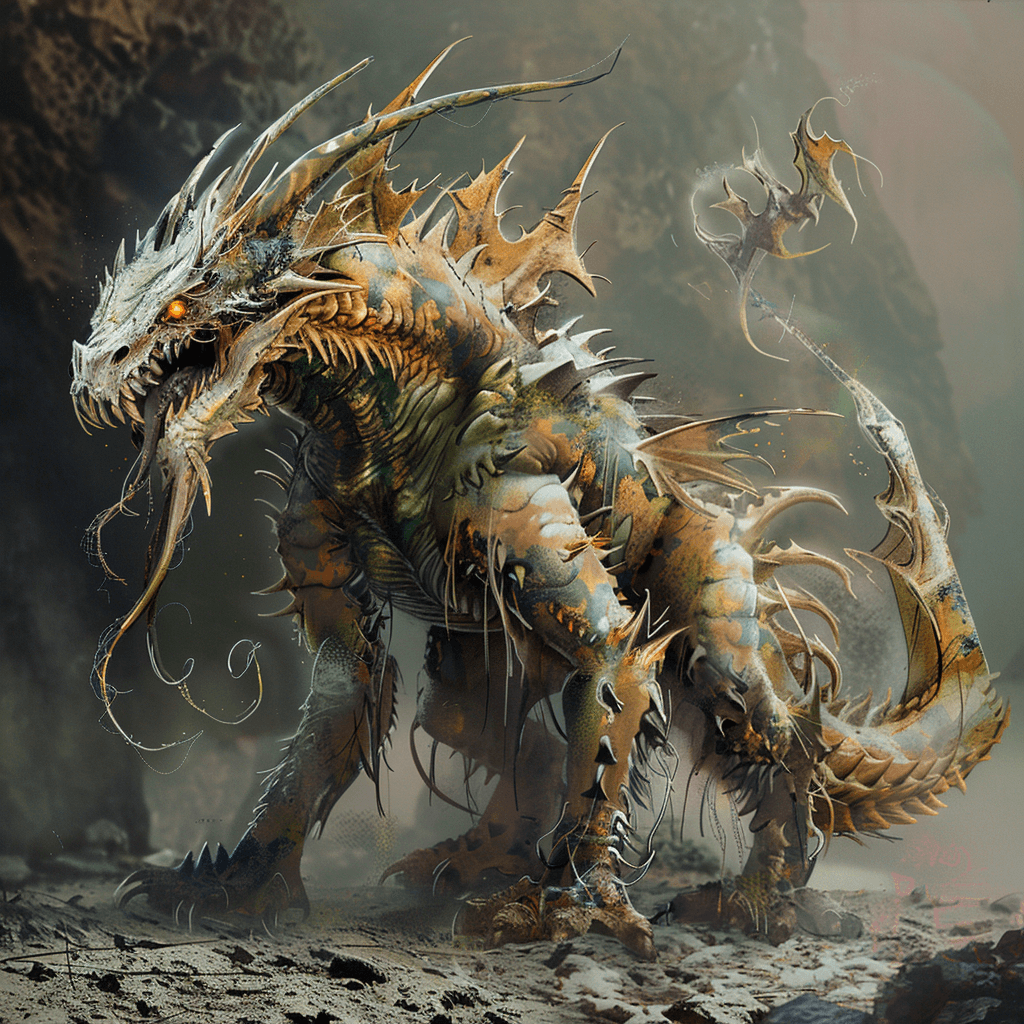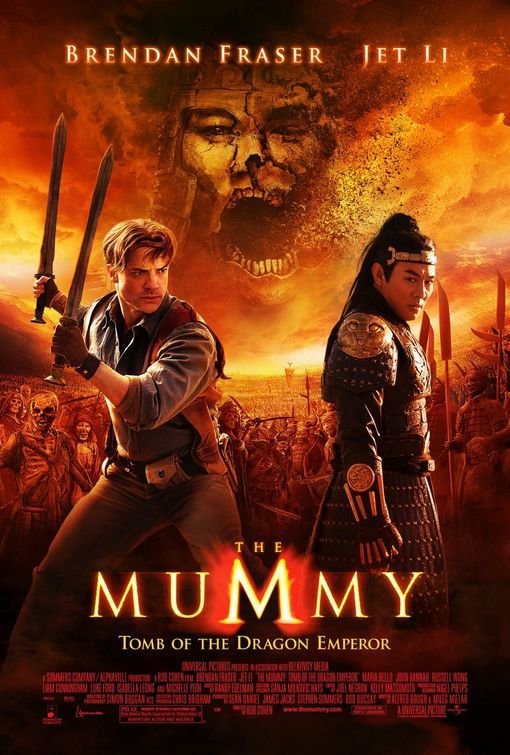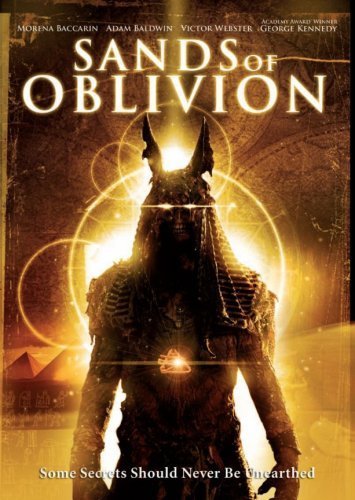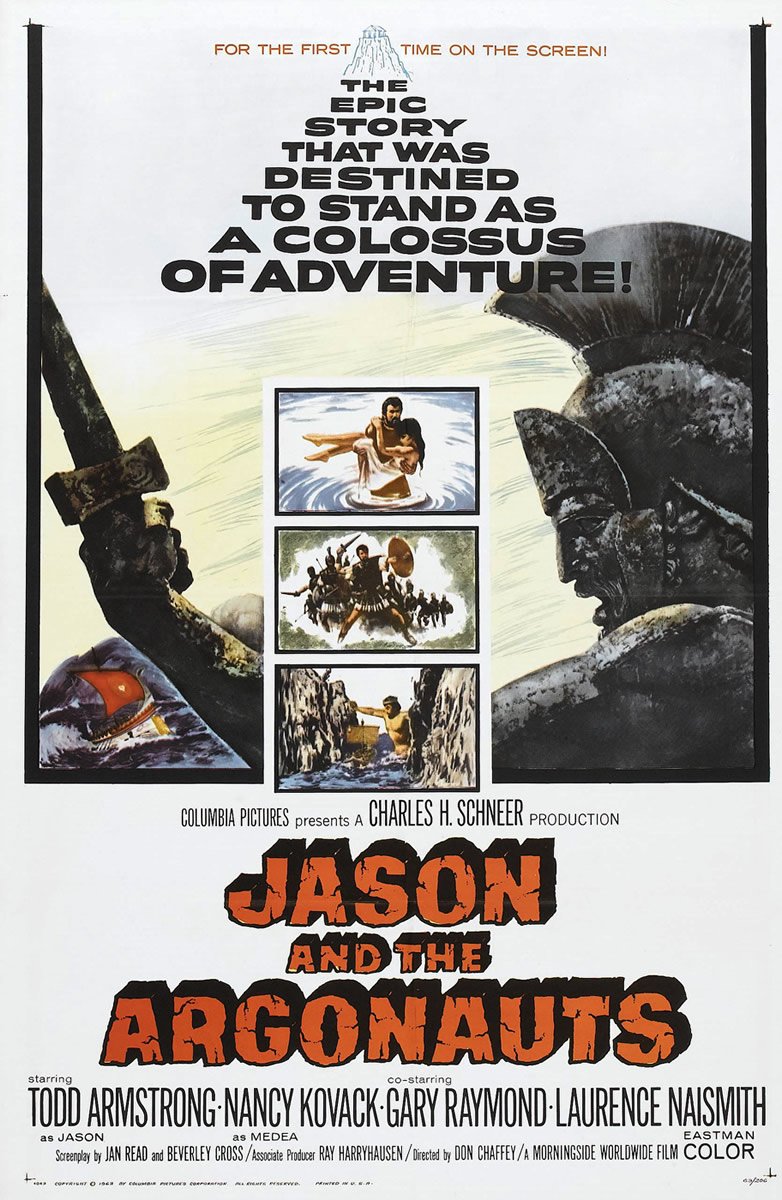Slavic Mythology
Slavic Mythology
late-antiquity
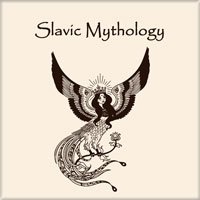
Slavic paganism or Slavic religion define the religious beliefs, godlores and ritual practices of the Slavs before the formal Christianisation of their ruling elites.
Famous Myths of Slavic Mythology
-
The myth of Perun
Perun is the god of thunder and lightning in Slavic mythology, he is often seen as the chief deity and protector of the tribe.
-
The myth of Veles
Veles is the god of earth, waters, and the underworld in Slavic mythology, he is often associated with the power of magic and witchcraft.
-
The myth of Svarog
Svarog is the god of fire, metalworking and fate in Slavic mythology, he was considered as the father of the gods and the creator of the world.
-
The myth of Dazhbog
Dazhbog is the god of the sun, warmth and light in Slavic mythology, he was often associated with the power of fertility and agriculture.
-
The myth of Baba Yaga
Baba Yaga is a witch-like figure in Slavic mythology, known for her supernatural powers and her ability to fly. She is sometimes seen as a helpful figure, while other times she is seen as a malevolent force.
-
The myth of Kostroma
Kostroma is a goddess of fertility and love in Slavic mythology, she was often associated with the power of spring and renewal.
Slavic Mythology Legends
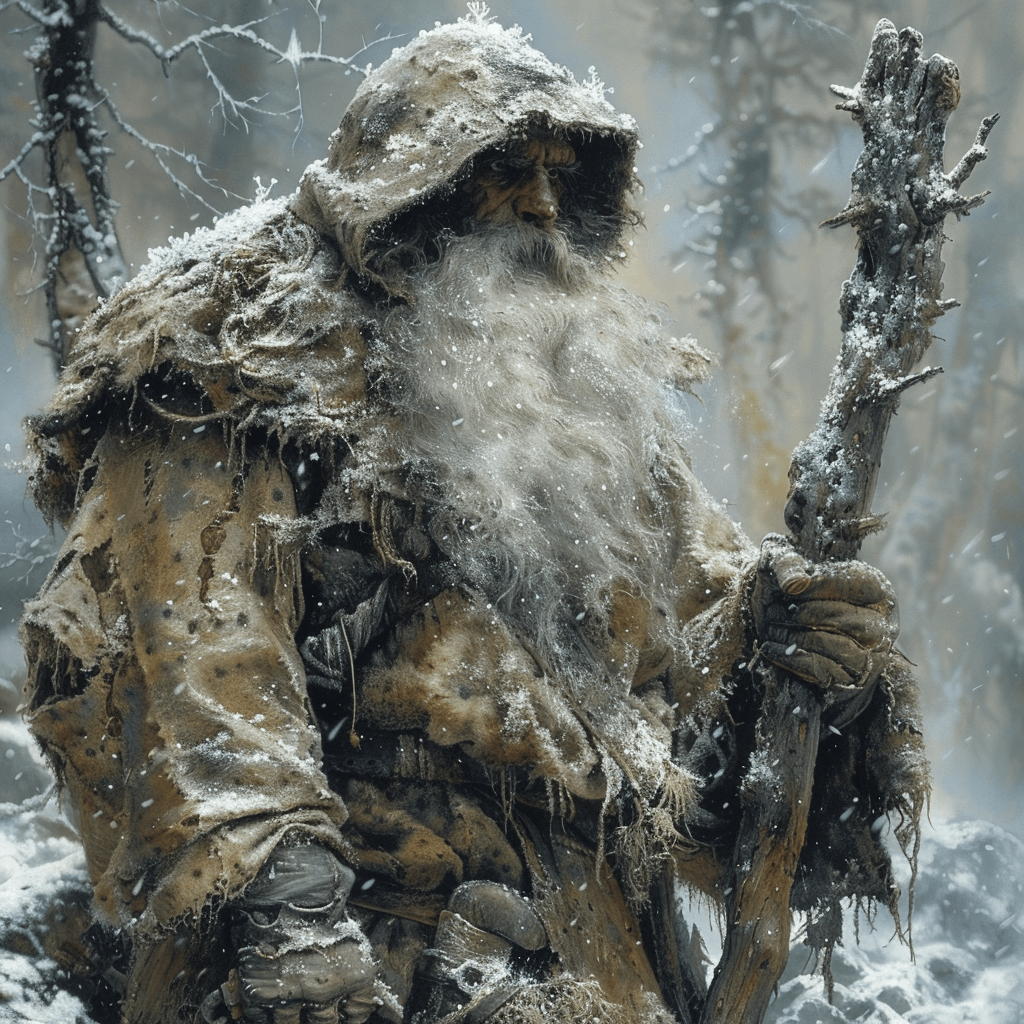
Morozko
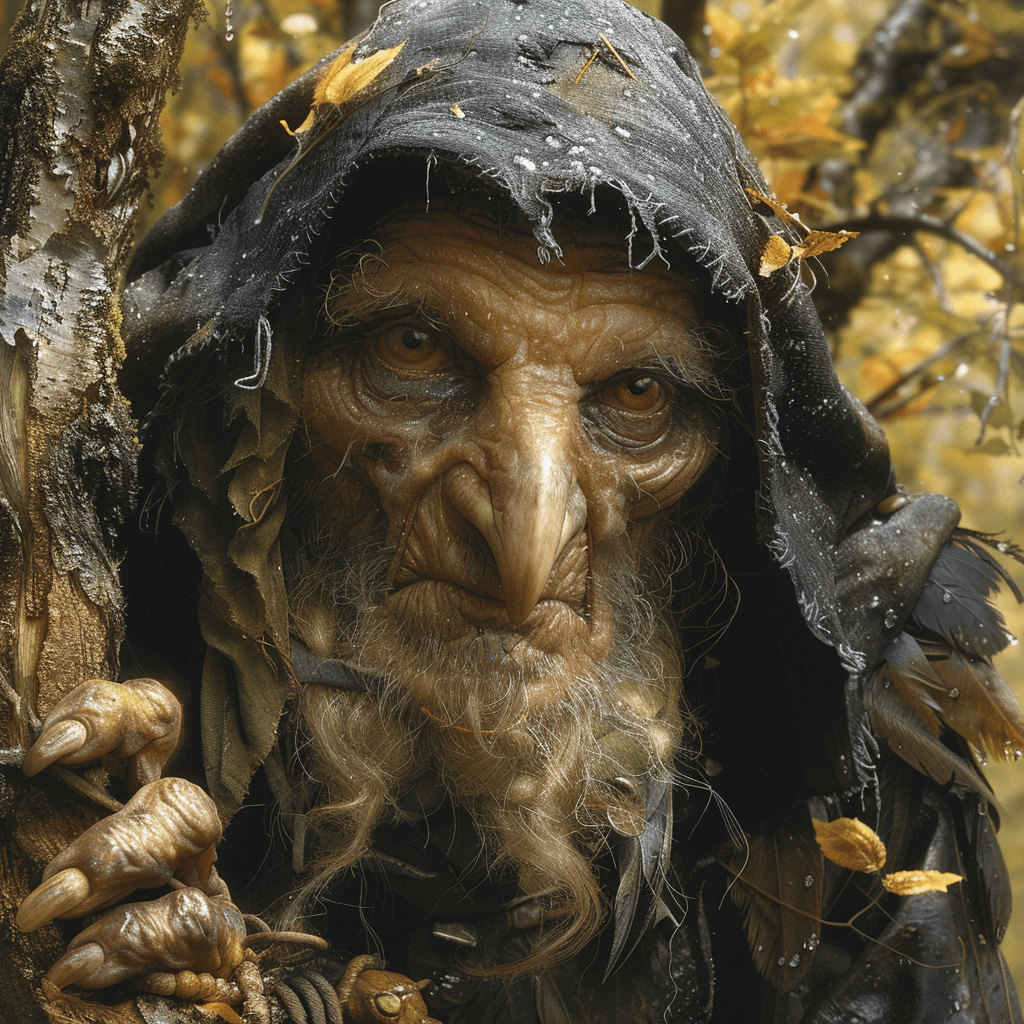
Baba Yaga

Domovoi
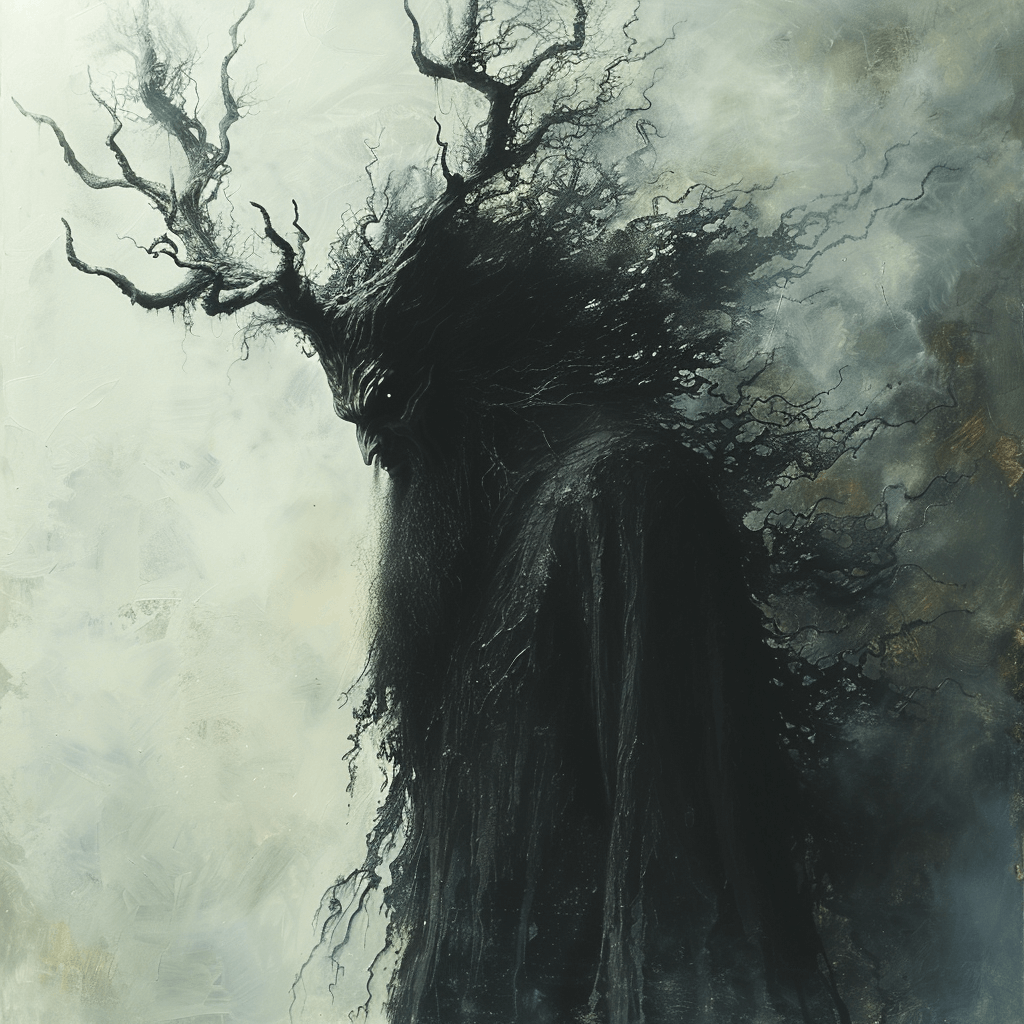
Chernobog
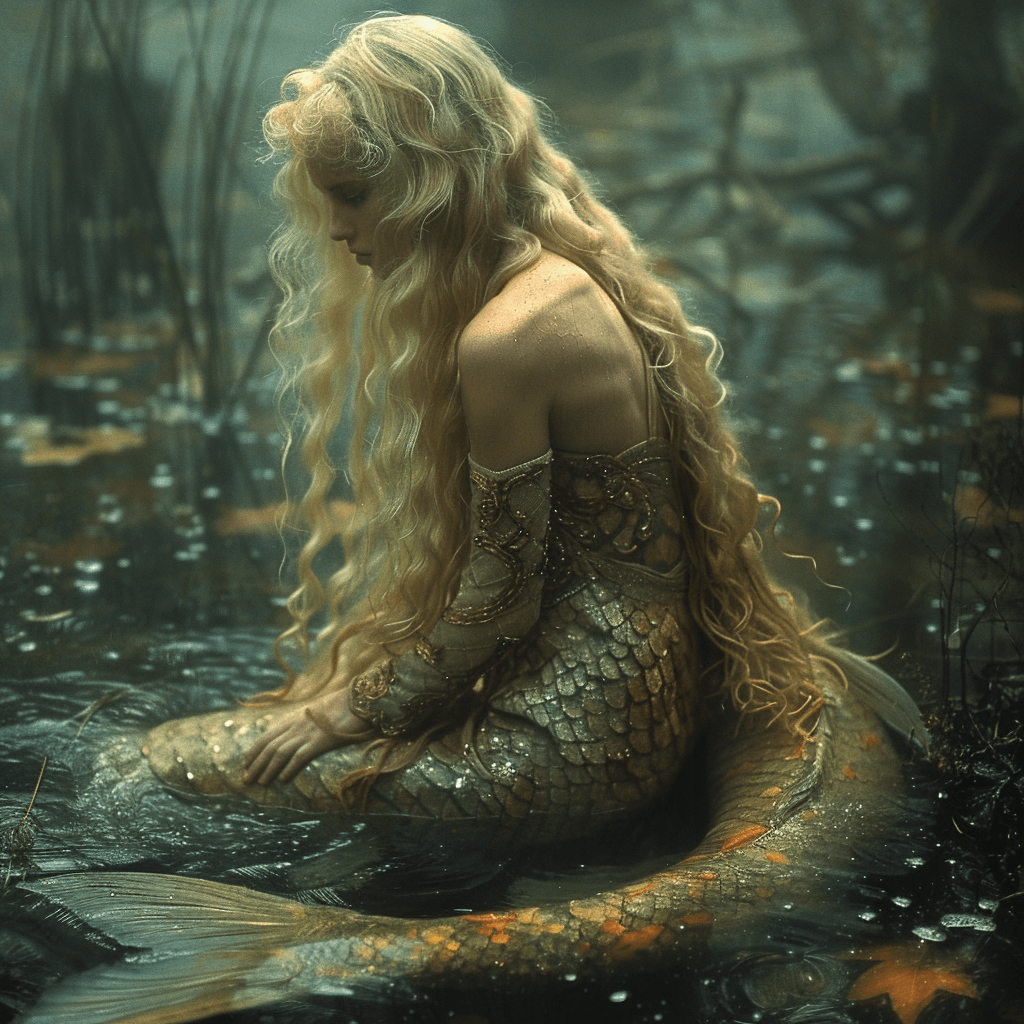
Rusalka
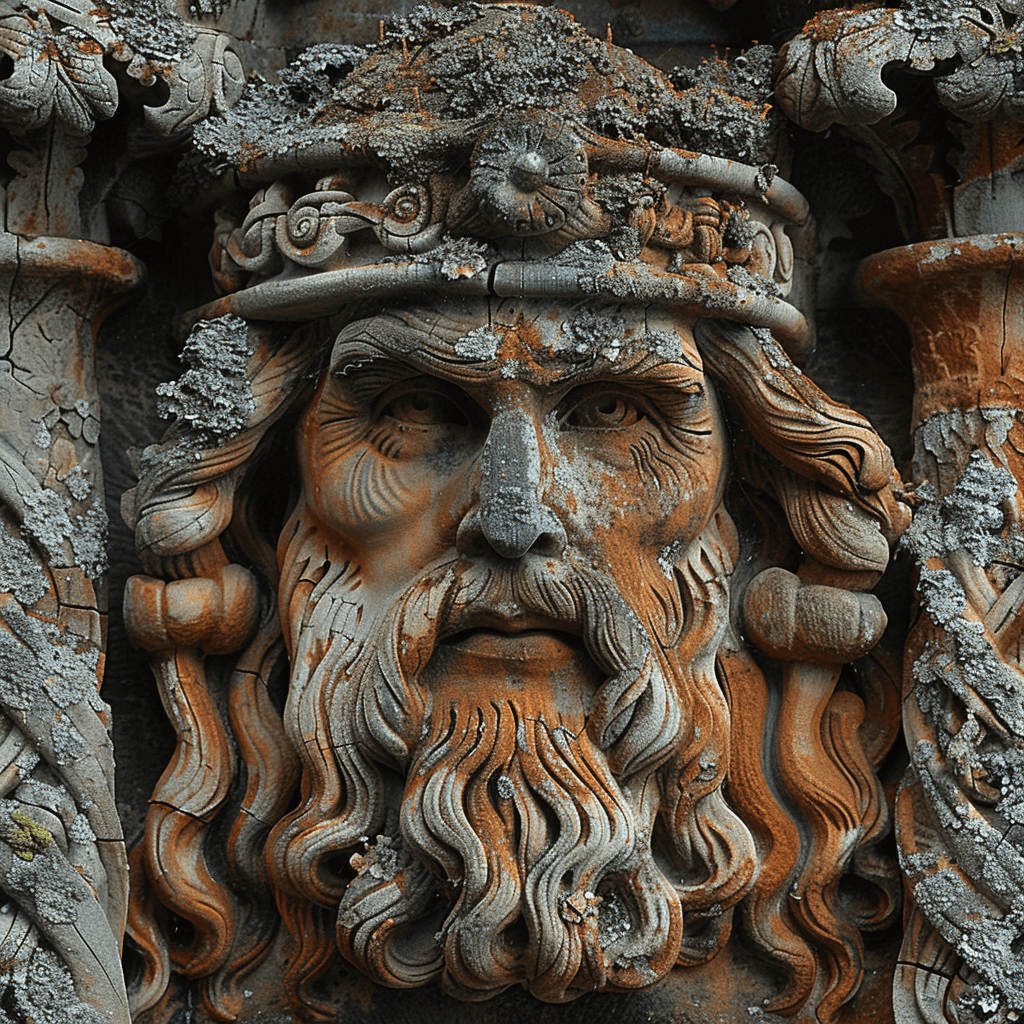
Veles

Leshy
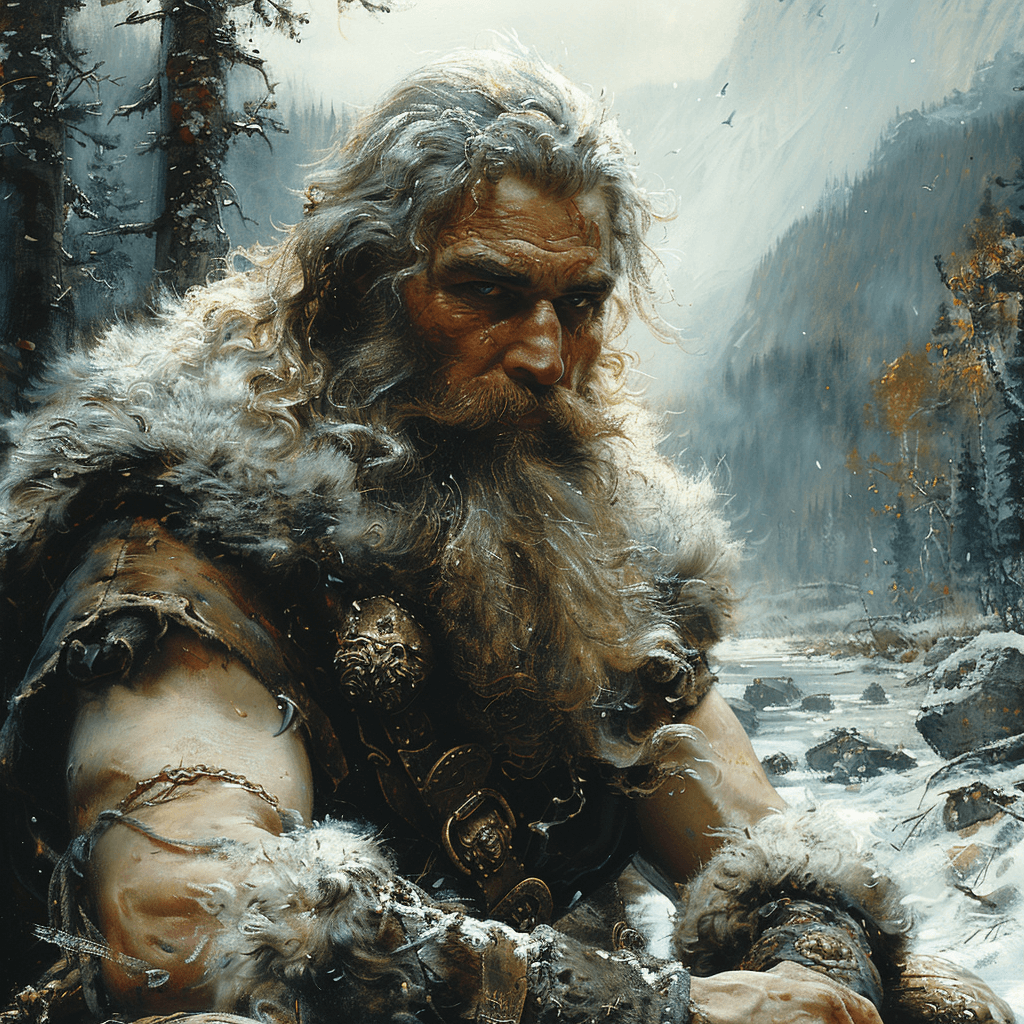
Bogatyr
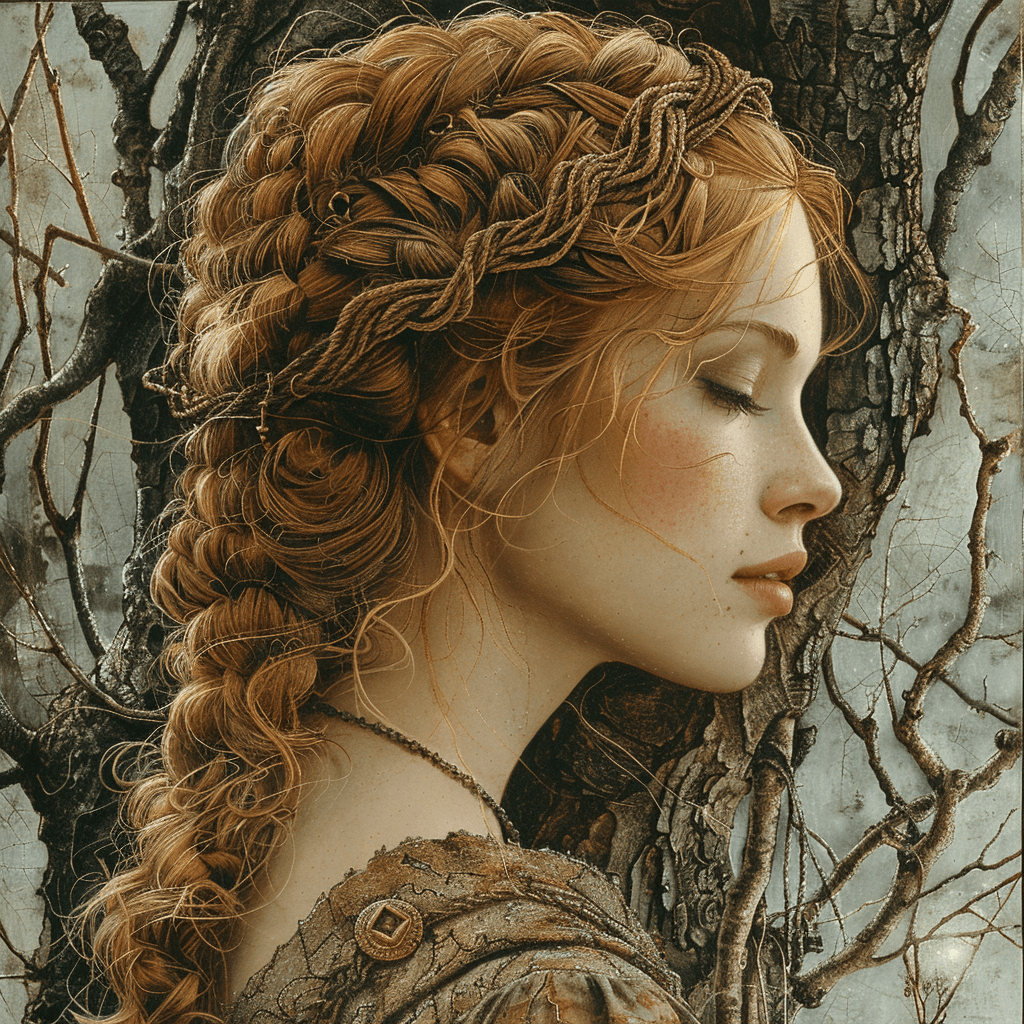
Zorya

Koshchei the Deathless
Slavic Mythology Creatures
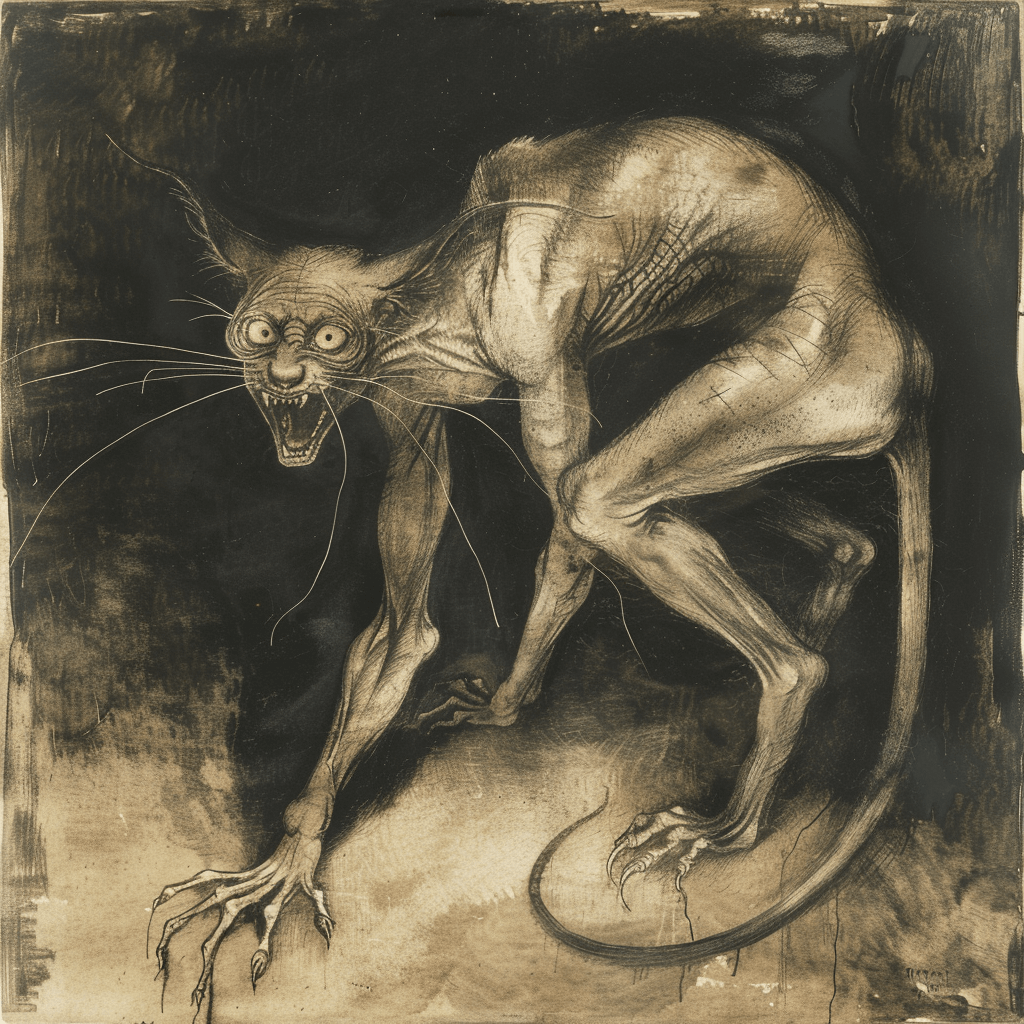
Drekavac
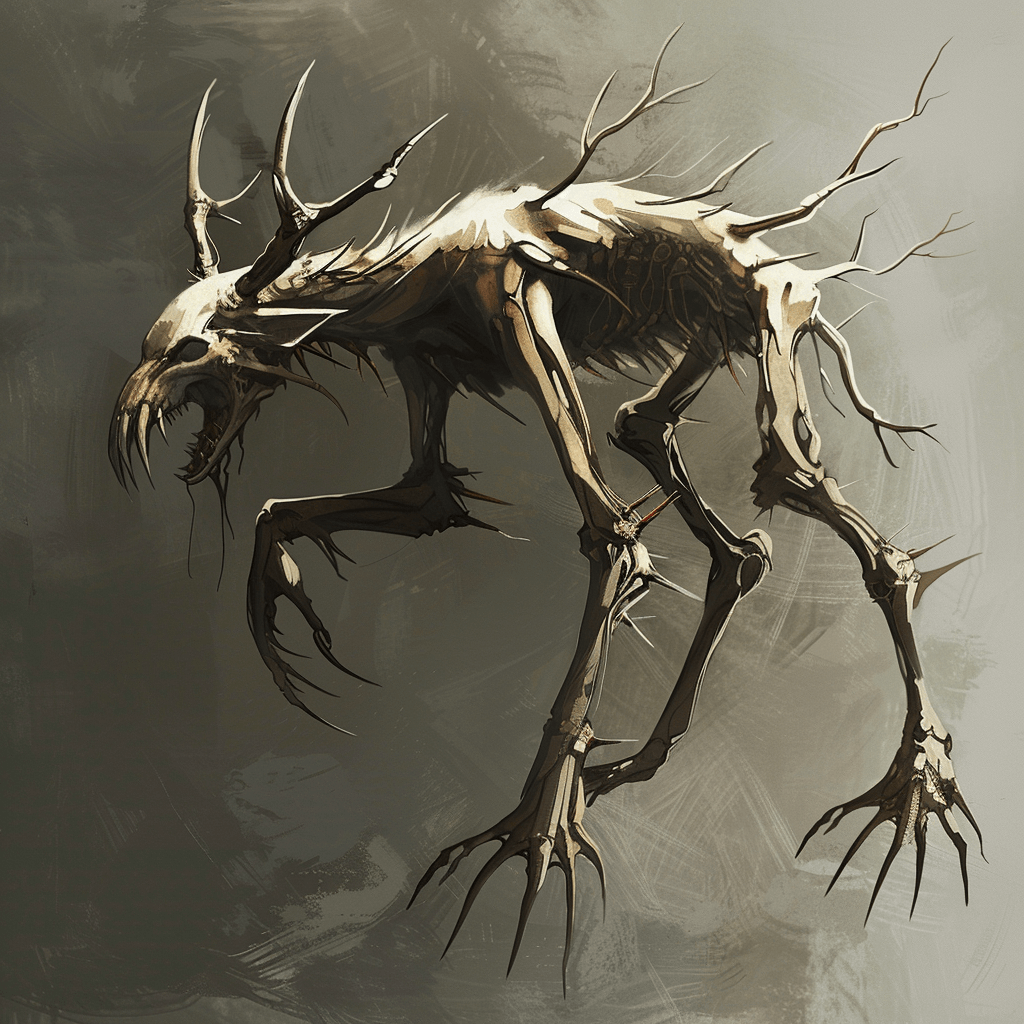
Kikimora
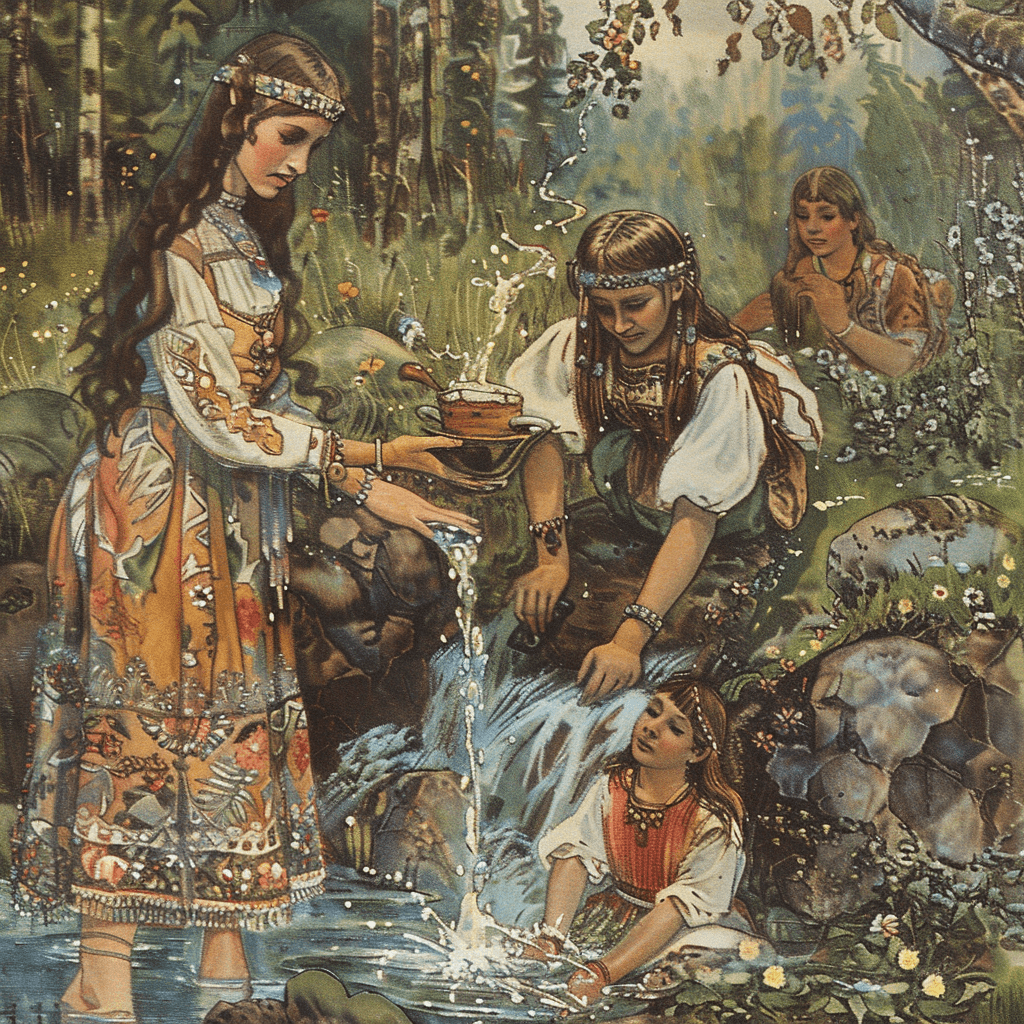
Rusalki
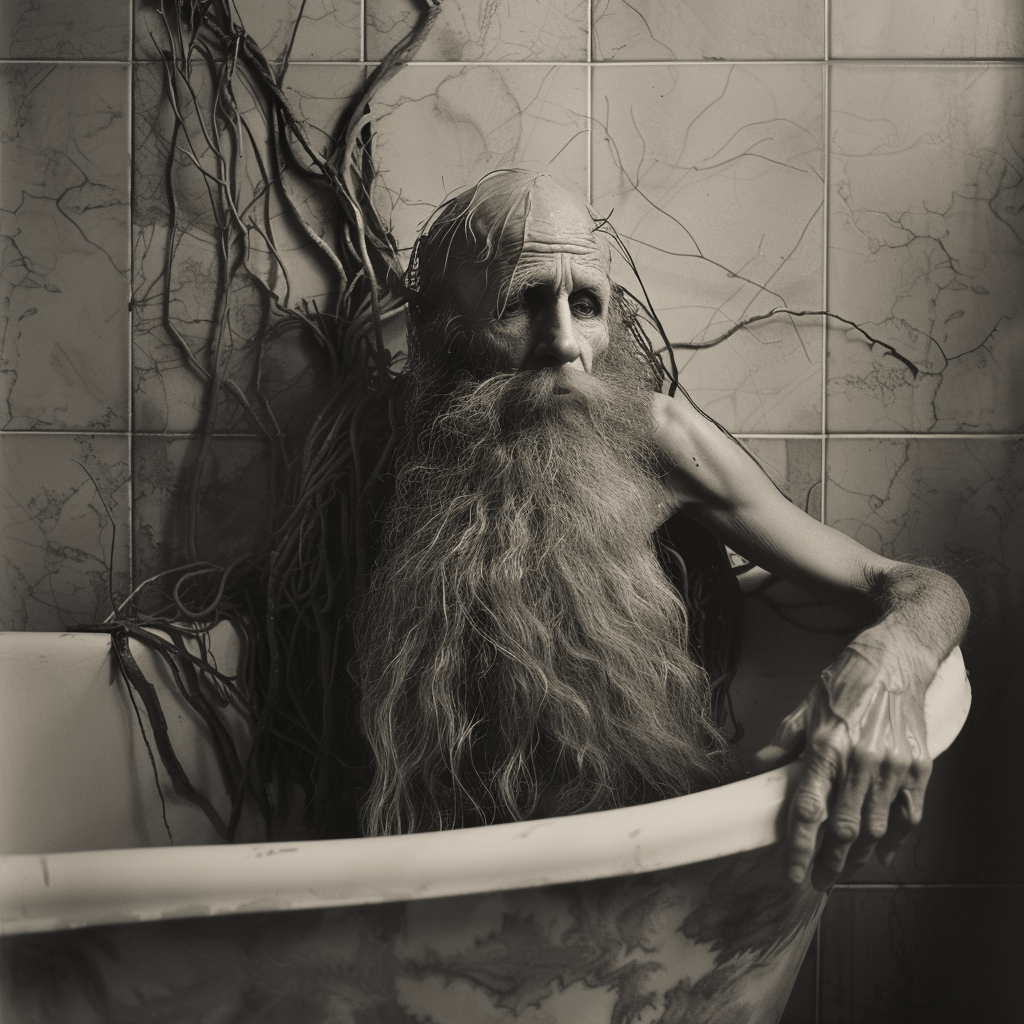
Bannik
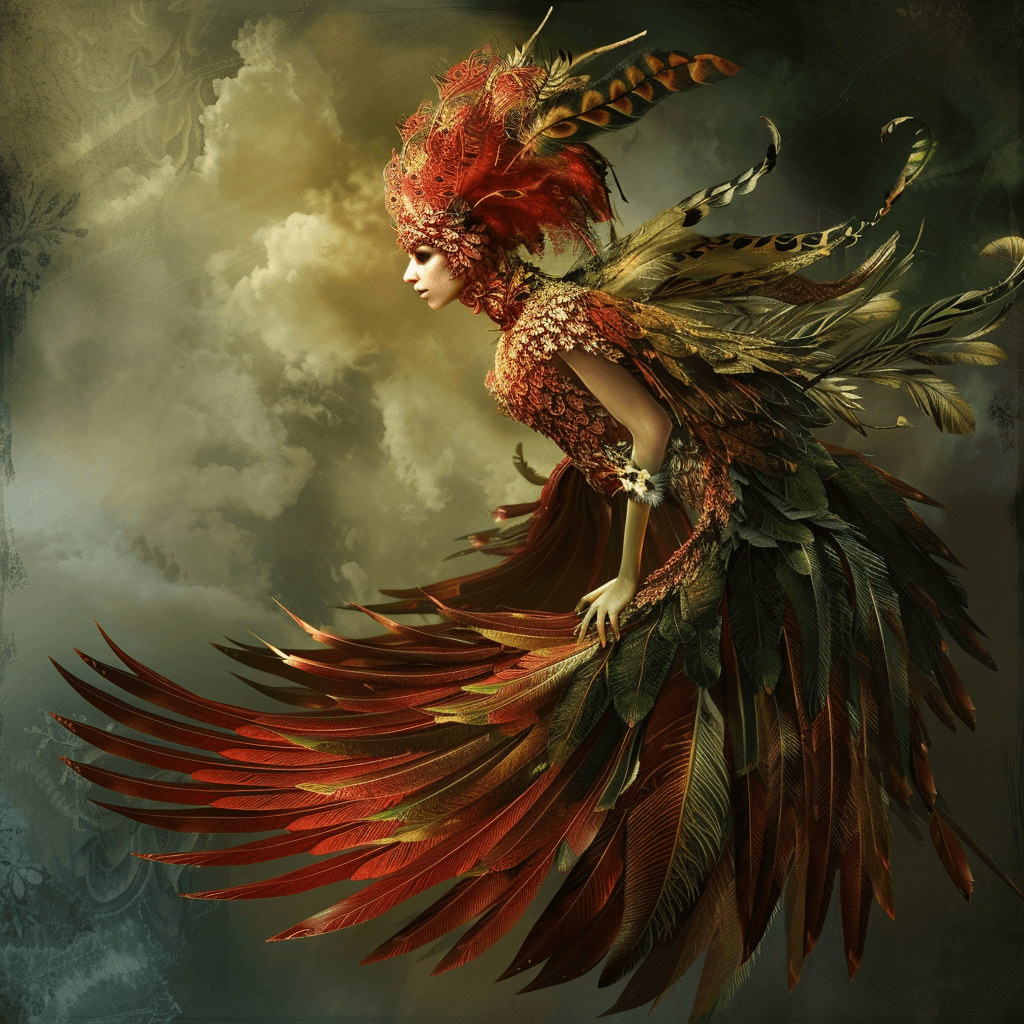
Alkonost
